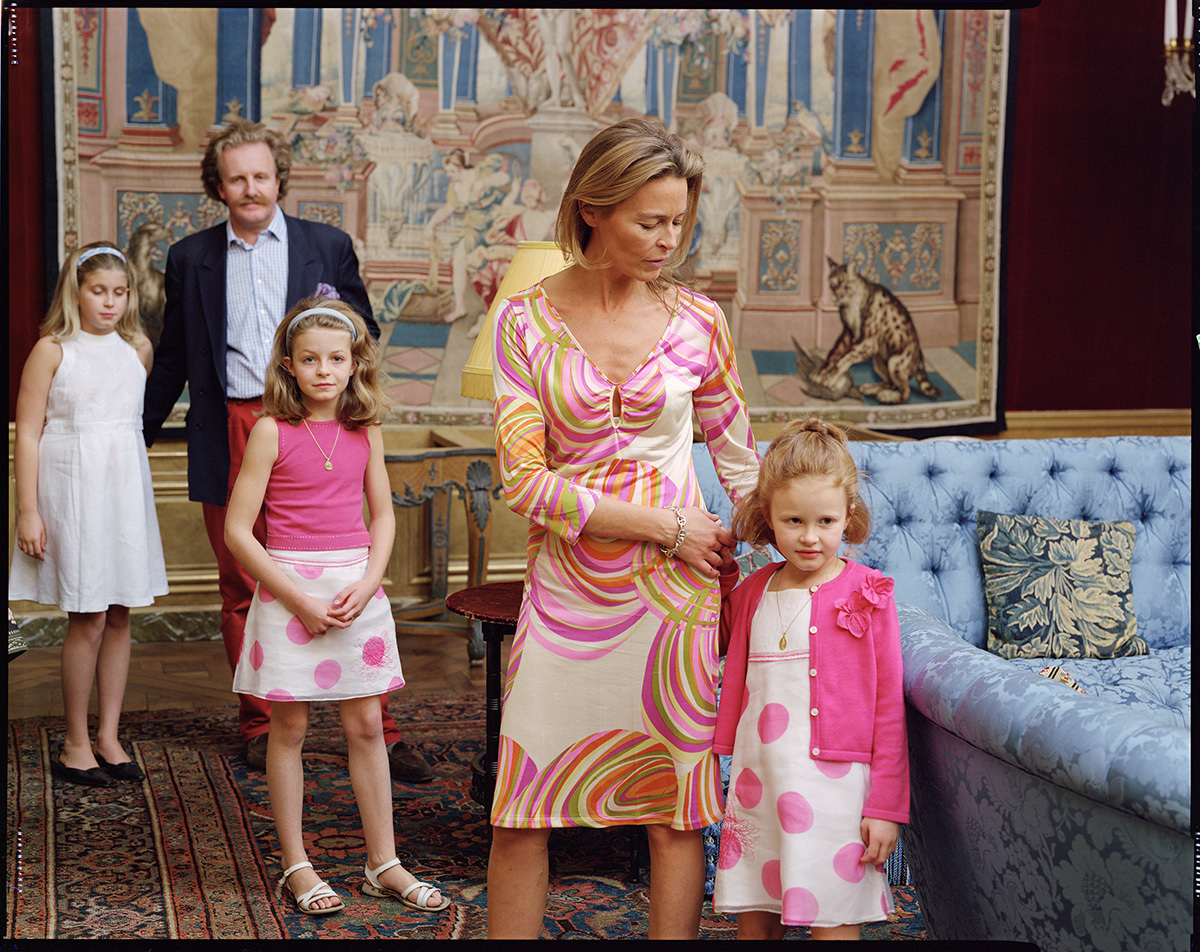It’s been almost two weeks since Theresa May triggered Article 50, sending the UK hurtling towards a cliff edge and leading many to question where Britain fits in the great landmass known as Europe.
It’s worth remembering that when the founding nations of the European Economic Community (Belgium, France, Italy, Luxembourg, the Netherlands, and West Germany) first got together in 1957, Britain initially said, “I’m alright, Jacques.” It had fought a Great War. It had a great Commonwealth. It saw itself as different.
What’s more: that’s how the rest of the continent saw it, too. When the prime minister Harold Wilson belatedly began making eyes at Brussels in the early 1960s, Charles de Gaulle famously said “non.” Britain was “insular,” he described, with “very marked and very original habits and traditions.”
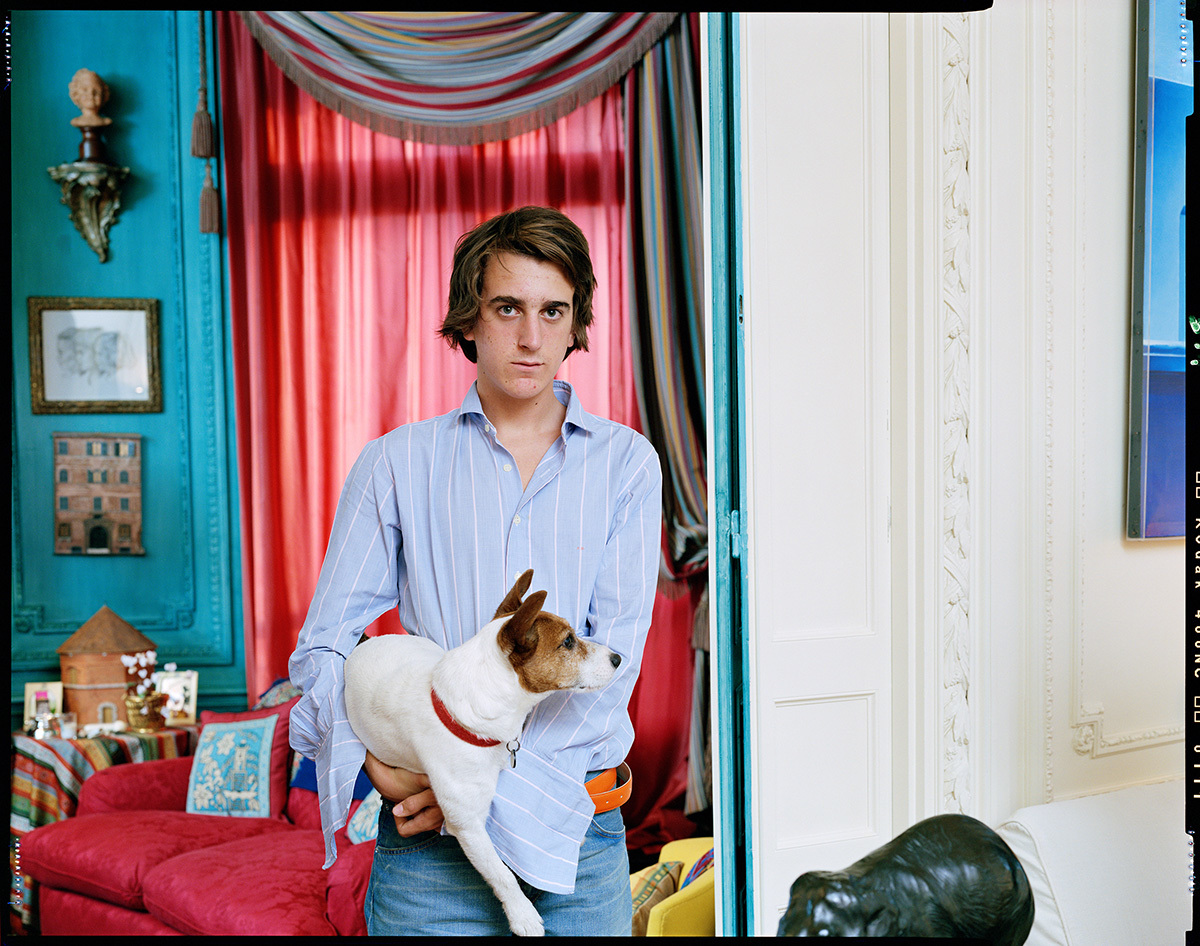
We know how the rest panned out, with Britain finally hooking up with Europe in 1973, only to vote to tear away again last year. But the question still remains: Is Britain detached from the continent culturally as well as physically? Or are there similarities that stretch across la Manche?
It’s an idea partially explored in Tina Barney’s epic The Europeans. An eight-year Grand Tour of Austria (1996), Italy (1996-1998), England (2001), France (2002), Spain (2003), and Germany (2004), The Europeans sees American-born Barney photographing the inner circle of the continent’s Old World elite. Capturing country-straddling similarities and shared cultural characteristics, it is a study in the cross-pollination of heirs, heirlooms, and Herrs. An examination of what it is, exactly, that makes Europeans, Europeans. Here, Barney shares more about it.
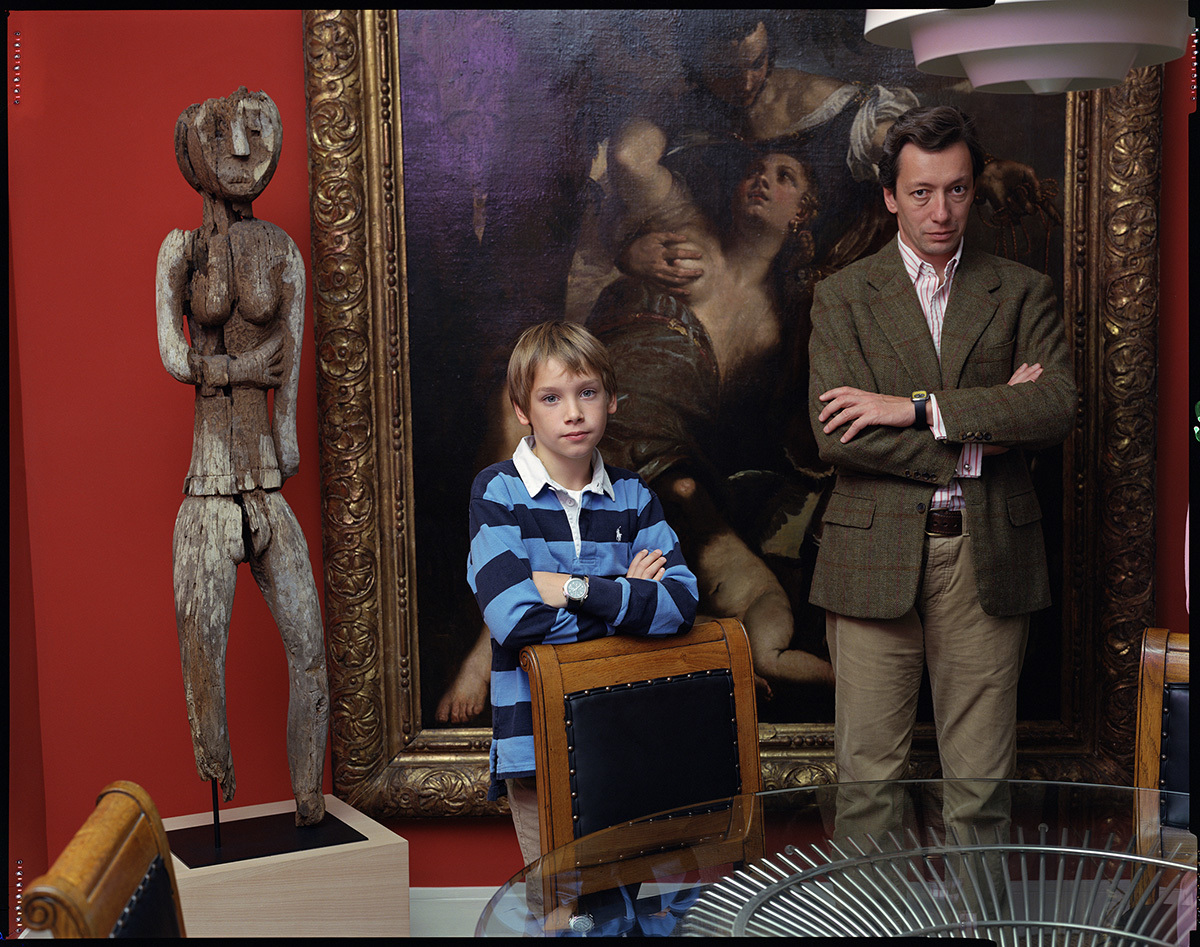
How did you begin The Europeans project?
All I needed was one or two people to say the same thing and I was like, ‘wow, that’s an interesting idea.’ I’d applied as a visiting artist to the American Academy in Rome, and I happened to make one or two friends that were Italian and would help me find people to photograph. And it really dominoed from there. I never ever thought it would be an eight year project, or that I’d go to six different countries. I thought this was just going to be a one-off trip. Then when I got there, it was so fascinating. The Italians would say, ‘well, my sister is married to an Austrian.’ Or, ‘my sister or brother is married to a Spaniard.’ That’s when I began to realize these countries are all connected.
Did you spend much time with your subjects, or was it all quite quick?
Very quick. There were some people that I spent the night with, but they were generally as quick as if I’d done an editorial job. ‘Hello, how are you,’ then go in, set up the lights, take the picture and leave. A one-time kind of shot. And I never saw them again in my whole life. Probably never will.
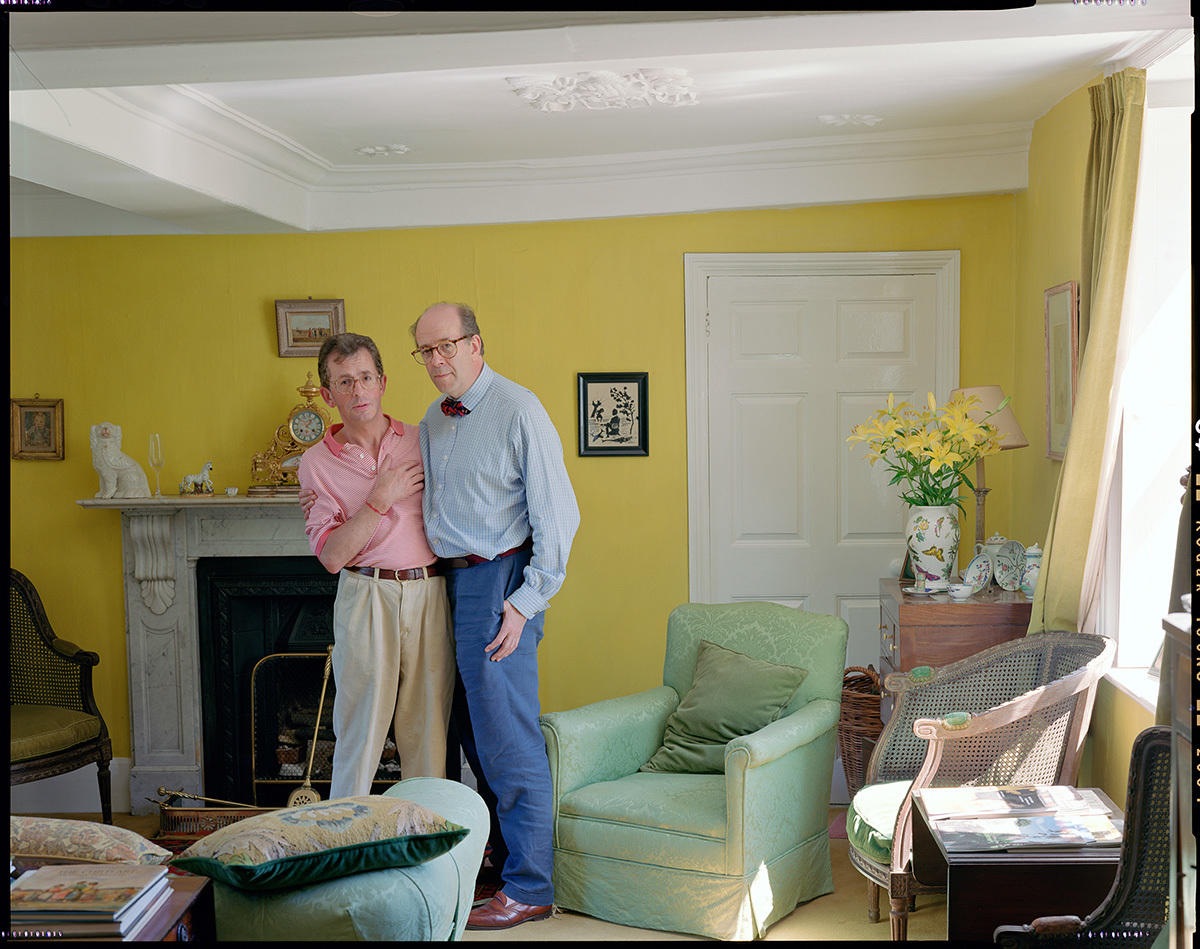
Your photographs have a such a formal aspect. What inspired this?
If you go back to my book the Theatre of Manners, that’s how it all began. A frustration about trying to create an interesting structure in the photograph, because I felt that the photograph was such a boring, flat piece of paper. I was obviously borrowing from the Dutch 17th century painters, but also mostly the Italians, and I sort of thought, ‘oh, why not try to do that in a photograph?’ Directing the pictures to form a narrative and trying to create an interesting visual space, structure-wise. What I didn’t know was going to happen when I got to Europe was that these people and settings would be so intimidating because of their formality. Their extreme sense of manners. Everyone knows that Americans are just much more casual. In every sense of the word. And so I realized very quickly, I couldn’t possibly direct these people to do anything different from what they are.
Why do you think people are still so interested in the pictures?
The only thing I can think of is, you know when people were obsessed with watching television series like Dallas? Or even now when they’re watching The Tudors or anything like that? These pictures were of a life that I think Americans, not really dreamed of, but that was their ideal of a royalty or a grand life. One that I think Americans have looked up to since the beginning of history.
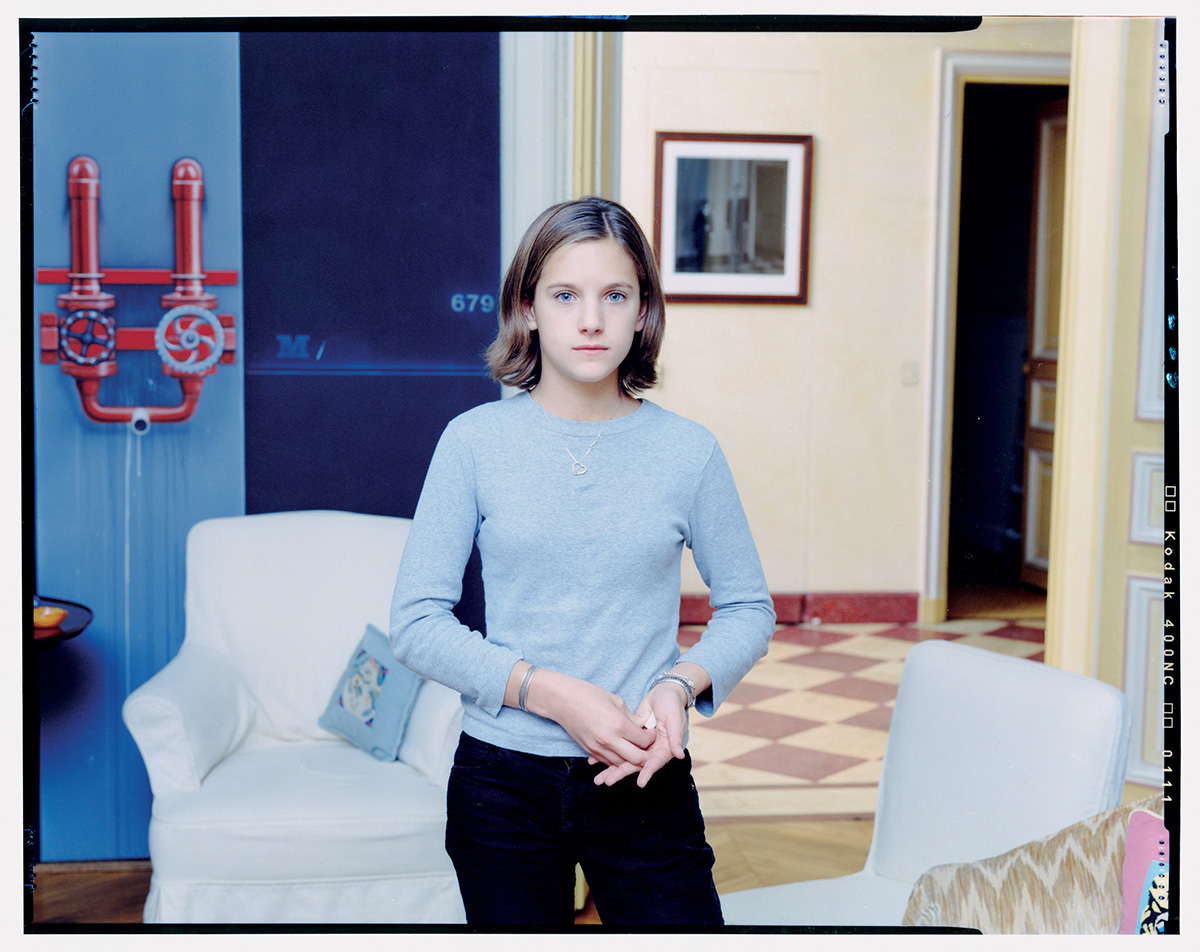
Did you come to see Europe as a coherent entity or did it remain separate countries to you?
Oh, that’s a very interesting question. I think there are things that are very similar. And usually it had to do with a taste, that was probably borrowed from as far back as you can go. As people traveled they would say, ‘oh, I like that, I’m going to do that too.’ And one of the things which is kind of funny and superficial is the yellow wall. A certain colored yellow wall is in many countries. So things like that, but also I think the idea of the family probably goes through all the countries. The idea of keeping the family home. The respect for the mother and the father. The eldest son.
Do you have a favorite image?
I probably do, which I never usually say. But you know, so much time has gone by. What interests me more, probably than anything I ever do, is portraiture. And I think there’s a photograph called The Granddaughter and one called The Young Lady. One is from Germany, the other’s from France. That one, The Hands, of the boy in the blue and white shirt with his father. There’s something about children. I think getting through to a child that age is usually impenetrable. But if you have the right subject, you can’t figure out who they are, but you can go to a place that you can’t in real life by looking at them in the flesh. And it’s usually through the eyes. That’s pretty fantastic.
Credits
Text Matthew Whitehouse
All images courtesy of Tina Barney and Paul Kasmin Gallery
